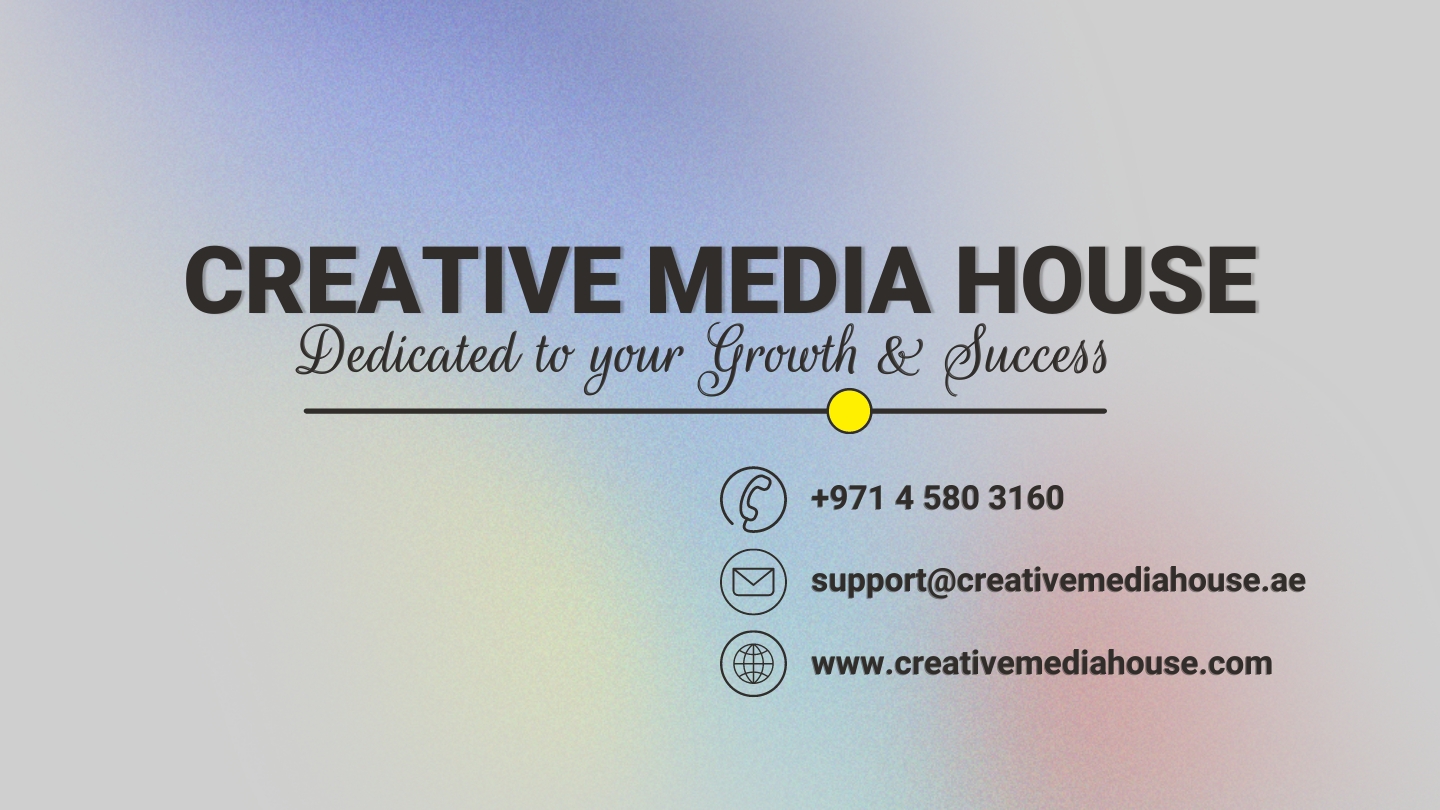In today’s hyper-competitive online landscape, businesses that fail to embrace modern marketing strategies risk becoming invisible. Whether you’re a startup or an established brand, having the right Digital Marketing Company by your side is no longer optional—it’s essential.
As we step deeper into 2025, trends in AI, voice search, short-form content, and algorithm updates are reshaping the digital ecosystem. Let’s explore why working with a professional Social Media Marketing Agency or SEO Company is one of the smartest decisions your business can make this year.
The Digital Landscape Has Changed—Permanently
Gone are the days when simply having a website and running occasional ads was enough. Today’s consumers are digitally native, attention-deficient, and driven by experience.
From TikTok trends to Google’s latest ranking factors, your brand needs to stay on top of constant digital shifts. That’s where an expert Digital Marketing Company steps in—to help you adapt, optimize, and scale with agility.
Social Media Is the New Front Door to Your Brand
With over 5 billion active users on social media globally, platforms like Instagram, LinkedIn, and TikTok are no longer just “nice-to-have” marketing channels—they’re primary brand touchpoints.
A skilled Social Media Marketing Agency can:
- Craft platform-specific content that converts
- Manage your reputation in real time
- Run hyper-targeted ad campaigns
- Drive engagement and build loyal communities
In 2025, your social media presence isn’t just marketing—it’s your brand’s heartbeat.
SEO Is Smarter (and Harder) Than Ever
Google’s algorithm has seen major updates over the past year, prioritizing:
- Helpful, human-written content
- Mobile-first and Core Web Vitals performance
- Authority and topical relevance
Working with a professional SEO Company ensures your website:
- Ranks high on relevant searches
- Attracts high-intent traffic
- Converts visitors into customers
- Keeps pace with evolving best practices
SEO in 2025 isn’t just about keywords—it’s about building trust with both users and algorithms.
AI and Automation Are Changing the Game
AI tools are transforming everything—from customer segmentation and predictive analytics to content creation and chatbots. But without the right strategy, automation can feel cold and impersonal.
A forward-thinking Digital Marketing Company can help you blend technology with authenticity, ensuring your campaigns are efficient and emotionally resonant.
Integrated Strategy > Isolated Tactics
The most successful brands in 2025 don’t treat SEO, social media, email, and content as separate silos. Instead, they use an integrated strategy across platforms.
By partnering with an agency that offers full-spectrum services—SEO Company, Social Media Marketing Agency, and digital strategy—you ensure:
- Consistent messaging
- Unified goals
- Stronger brand identity
- Better ROI across all channels
Final Thoughts: The Right Partner Makes All the Difference
Whether you’re looking to improve your Google rankings, boost your Instagram engagement, or launch an omnichannel campaign—now is the time to invest in expert help.
A seasoned Digital Marketing Company understands your industry, your audience, and the tools that move the needle. From content to conversions, they help you grow with clarity and confidence.
Ready to scale your digital presence in 2025?
Partner with a results-driven SEO Company and Social Media Marketing Agency to lead the way in your industry.



































